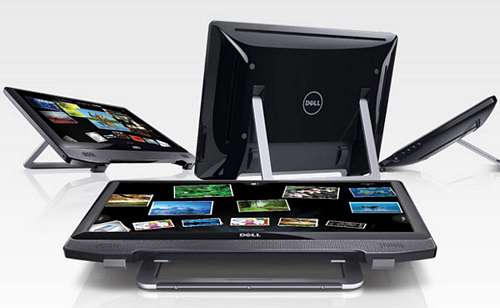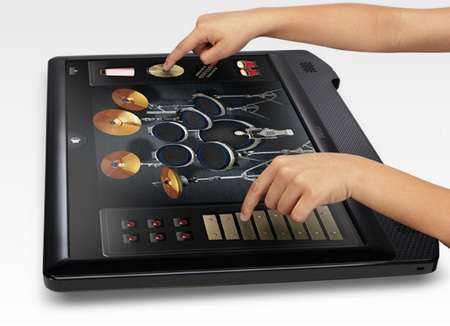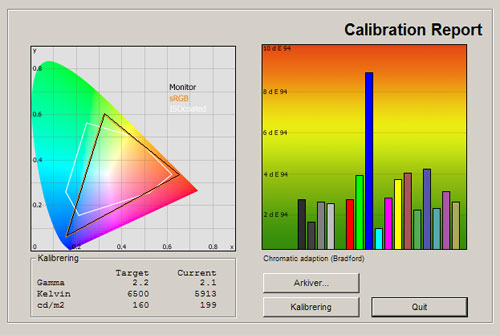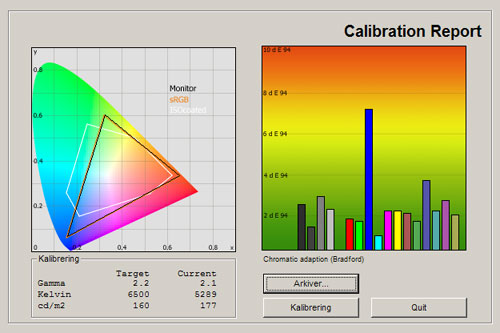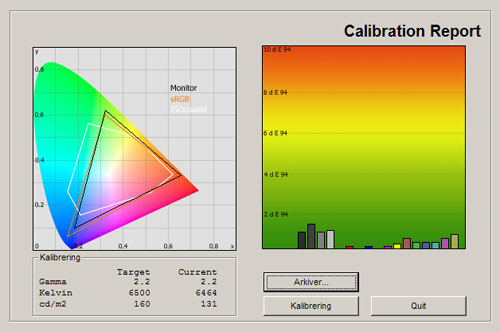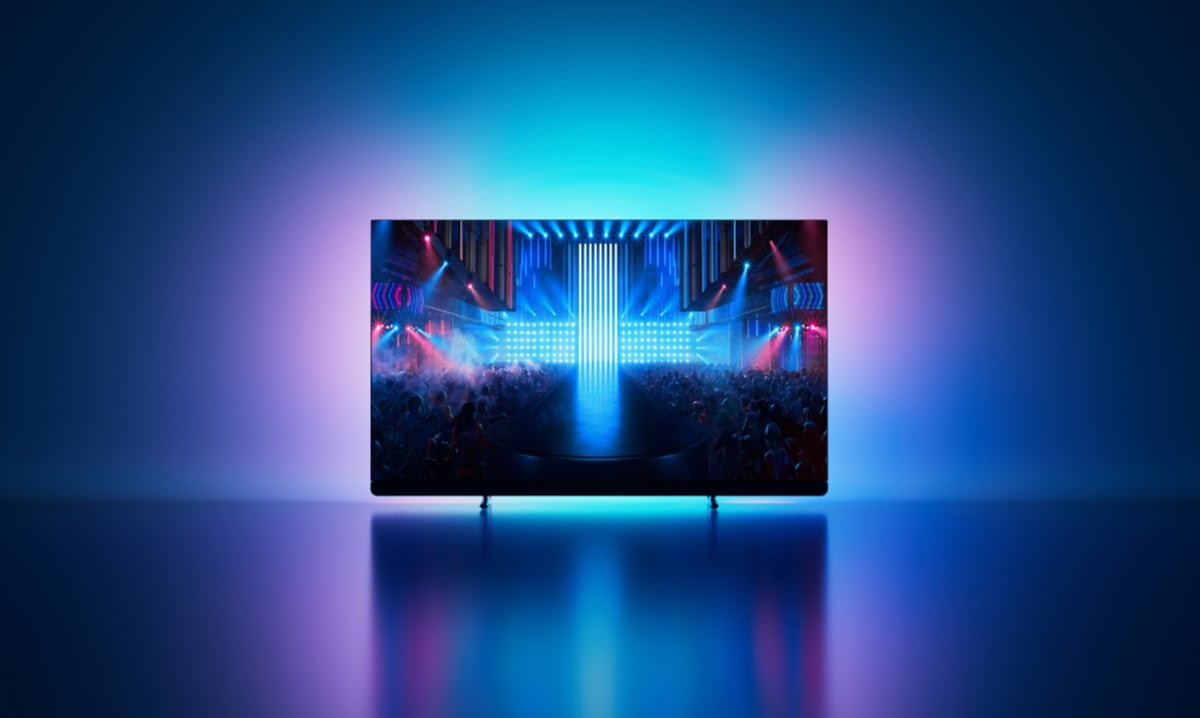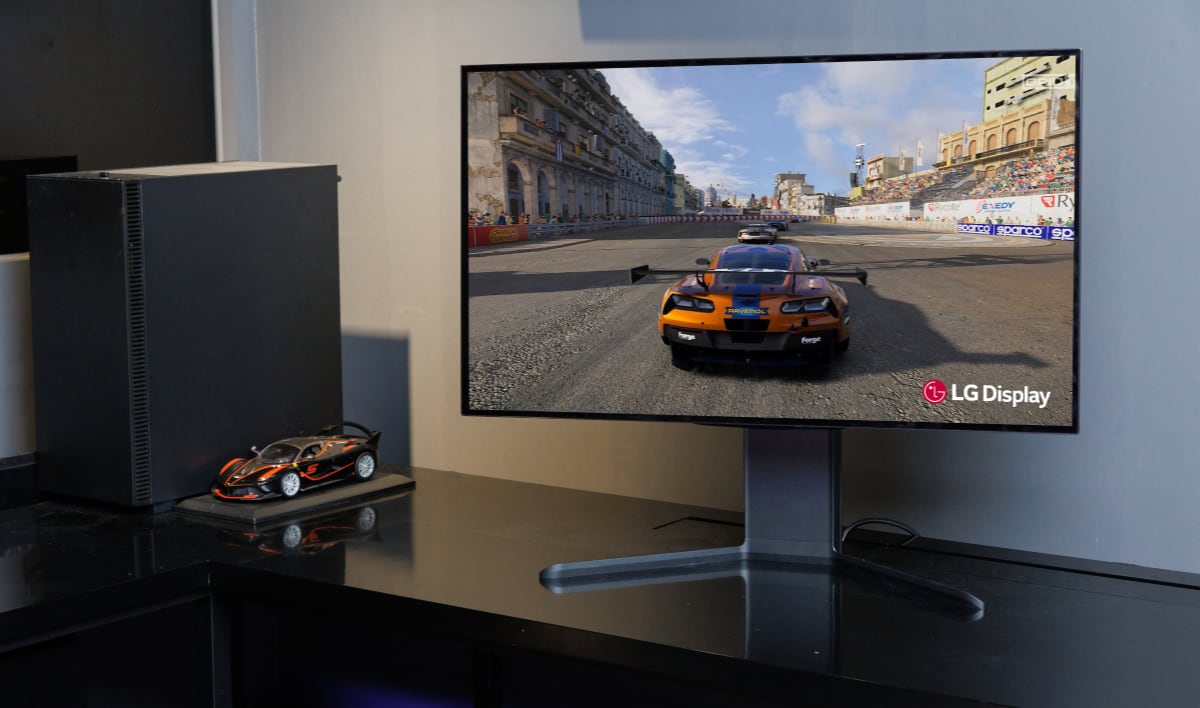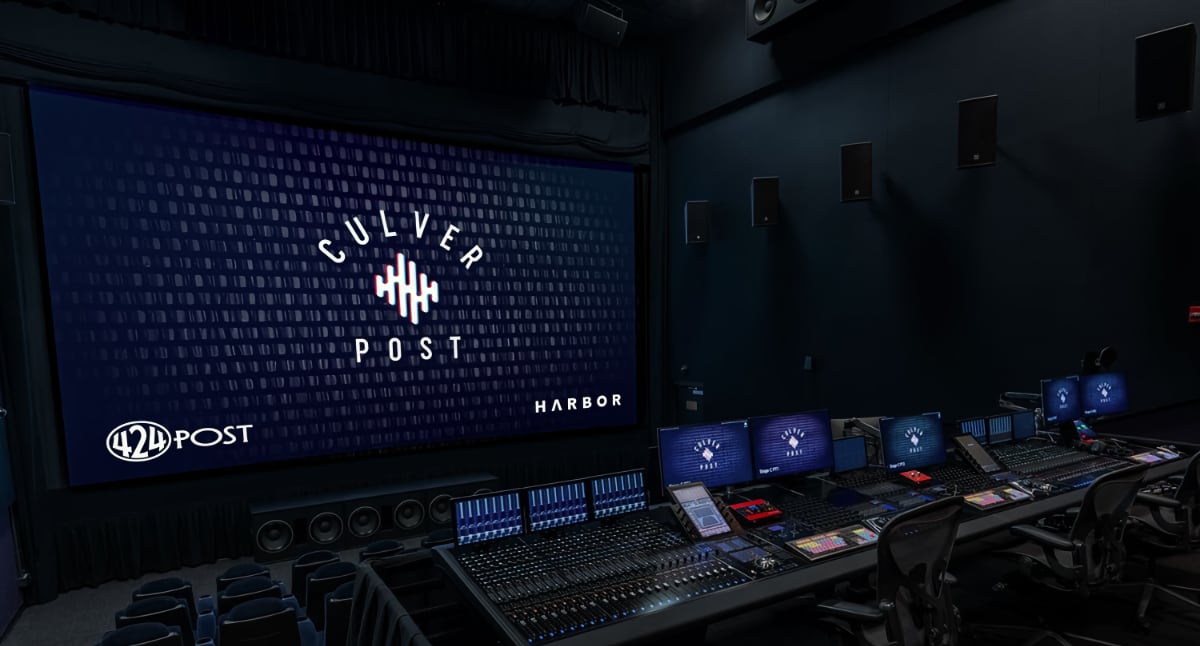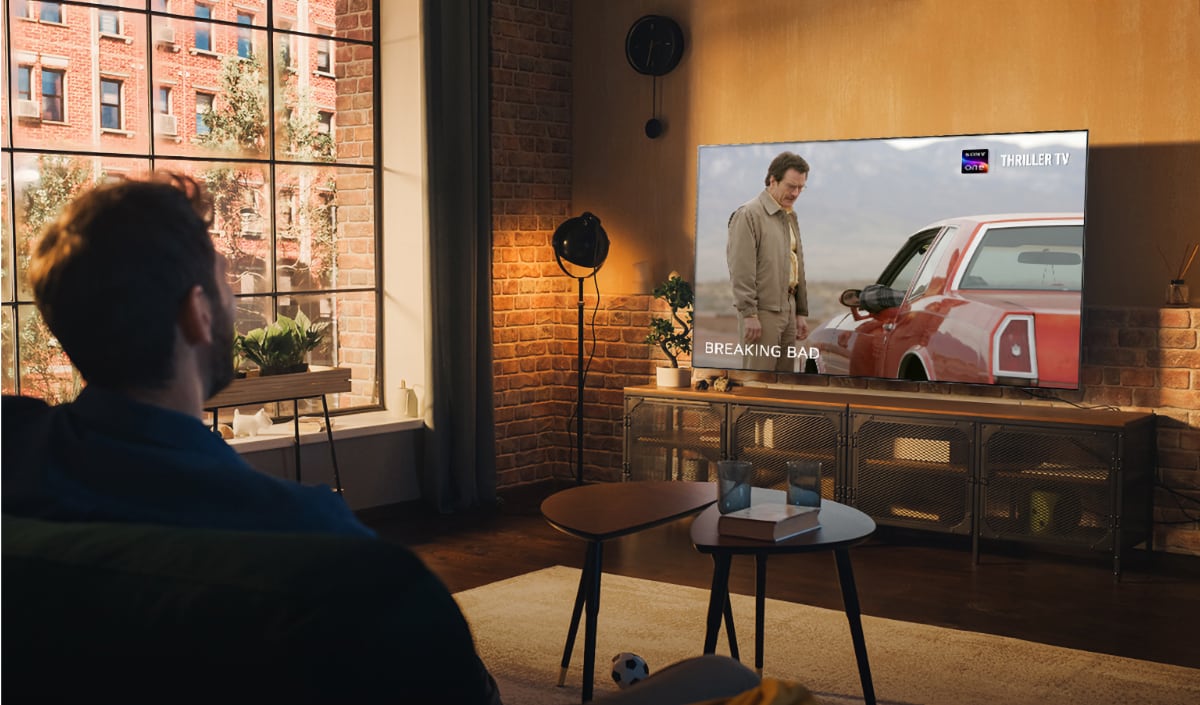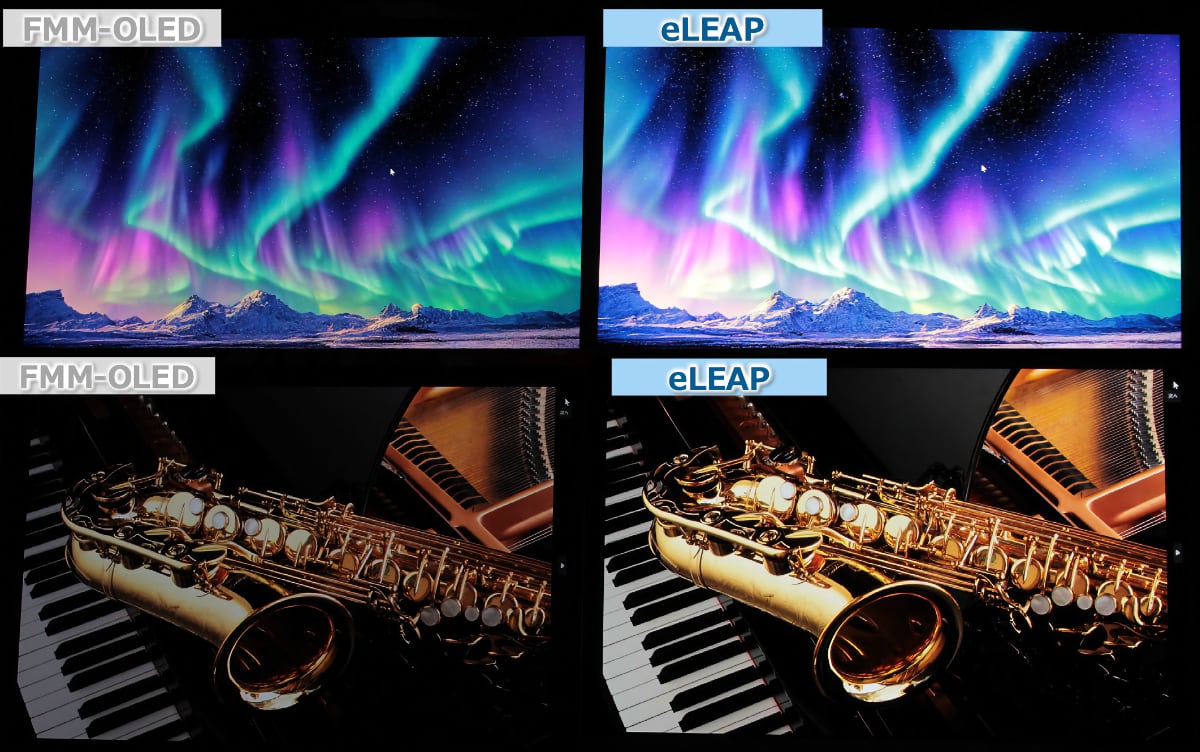Dell ST2220T
Dell ST2220T review
Dell has released the second generation multi-touch PC monitor called ST2220T. The 21.5-inch monitor uses an infrared system to enable touch functions such as scrolling, zooming, clicking and more. What makes ST2220T truly unique is that it also incorporates a quality IPS panel just like Dells other professional monitors such as U2410 and U2311.
But can ST2220T compare to other IPS monitors without multi-touch? And has the multi-touch system been improved compared to Dells first generation multi touch monitor SX2210T? FlatpanelsHD will find out in the Dell ST2220T review.
Subscribe to our Newsletter, RSS feed or twitter to receive notice when new reviews are online. We’ll soon publish our Sony EX720, Samsung D8000, Eizo SX2762W, Panasonic G30 and Panasonic DT30 reviews as well.
Size: 21.5" Wide Resolution: 1920x1080 Response time: 6 ms (g2g) Contrast ratio: 1000:1 Brightness: 250 cd/m2 Color support: 16.7 million colors Signal processing: 8 bit for each color Viewing angles (H/V): 178/178 Dot pitch: 0.248 Panel type: IPS panel Wall mounting: Dimensions (HxWxD): 38.0cm x 52.8cm x 5.8cm (with stand) Weight 7.8 kg Built-in speakers: Ergonomics Tilt Swivel Height Pivot Inputs VGA DVI DisplayPort Audio (type) (3.5 mm stereo phone jack)
S-video Composite Component HDMI Other USB hub Price and retailer:
| US retailer | UK retailer |
 |  |
Our first impressions
Dell ST2220T has a typical design in black glossy plastic but the stand is different from most monitors. Below the frame Dell has integrated a stereo speaker system.The stand has no swivel but it has a unique tilt function (that also controls height). You can either use ST2220T upright but if you press on the top of the frame you can lower the monitor all the way to table level, thus making the multi-touch possibilities much more appealing.
On the side of the monitor Dell has integrated some USB inputs.
Inputs are found on the back of the monitor and here we have HDMI, DVI and D-SUB (VGA.)
In the menus the following picture setting options are provided: brightness, contrast, sharpness, response time (overdrive), wide mode (aspect) and RGB (red, green, blue).
You can also choose from these picture presets: Standard, Multimedia, Game, Warm, Cool and Custom (RGB).
Energy Consumption
Compare power consumption measurements on different TVs and monitors with our interactive power consumption applet here.You can see our energy measurements on Dell ST2220T below.
 |  | |
| Standby | 0.4 W | 0.4 W |
| PC | 29.0 W | 22.8 W |
After calibration I measured energy consumption on 22.8 W. Compared to other IPS monitors ST2220T has low power consumption.
Also, please note that LCD monitors uses less power after calibration. This is common on flat panel displays because many picture parameters are reduced during calibration.
Test tools
We use the DVI input for testing. The graphic card is Geforce GTX260.The monitor has been measured and calibrated with a LaCie Blue Eye Pro. We also examine the monitor with the help of our monitorTest. And finally we test the monitor in games, movies etc.
Multi-touch on ST2220T
We tested Dell’s first generation multi-touch monitor called SX2210T in 2010 and ST2220T builds on the same touch technology. It uses infrared sensors at the edge of the frame to determine the location of fingers or objects. You also need to connect the USB cable from the box.Unlike the capacitive touch technology that is used in most mobile devices including Apple’s popular iOS devices, ST2220T also accepts pens and other objects. But in theory the infrared system is less accurate and we found this to be true on the previous SX2210T model. Things might have been improved on ST2220T and we intend to find out but let’s first introduce the possibilities.
ST2220T supports scrolling, zooming, panning and of course clicking. You can click anywhere on the screen to simulate a mouse click. If you want to open a folder on the desktop you just double tap it on the screen. Or if you want to close the window that you’re working in you just press the close cross. You can scroll on web pages using one finger or zoom in using two fingers. You can also rotate pictures using a round finger movement. You can even zoom by touching the screen with two fingers. An on-screen keyboard is also available if you click the left side of the panel or as a small on-screen box if you are writing a text document – for example in Word.
Unlike SX2210T from 2010, the new ST2220T monitor has an ergonomic stand. The stand allows you to tilt the monitor all the way back to table level.
Multi-touch on the first generation SX2210T was not very smooth and by no means as smooth as on the iPhone. However, ST2220T has been improved. I feel that clicking is more accurate and scrolling is smoother. Zooming is still step-wise but that’s a Windows 7-thing and not directly related to the monitor. But again; the best multi-touch system is the capacitive that you know from Apple devices and ST2220T is not in the same league. It’s simply not as accurate and responsive.
Watch the movie below for mixed multi-touch demonstration on ST2220T.
Picture quality on Dell ST2220T
Out-of-box picture quality on Dell ST2220T is measured below in the Standard picture preset with Eco settings deactivated.The graph says this:
The number on the left is the delta value. Delta is a difference between two factors; here it’s the difference between the measured color on the panel and the actual color that is our target.
The out-of-box picture settings are surprisingly good for a mid-end monitor and better than on some of Dell’s other IPS based monitors in the professional range. I was surprised to see relatively low color deviations.
Gamma is not perfect but close to our target value of 2.2. I measured gamma rising from 2.09 in the dark shades to 2.2 in the bright shades, which means that the dark shades are a bit too dark (dark details are crushed). Color temperature is slightly too low at 5913 Kelvin but nothing alarming. We’re aiming for 6500 Kelvin.
Brightness was measured to 199 cd/m2 and is too high for all-round use and we’re aiming for a lower brightness value.
I now changed to the Warm picture preset and took a new measurement.
The Warm picture preset is very impressive and provided us with low color deviations.
Gamma between 2.1 and 2.2 was measured. Our reference is 2.2. Color temperature is too low, however, meaning that the picture is too warm and reddish. Brightness is still a bit too high for office use but decent for multimedia.
I now did a calibration on Dell ST2220T. Here’s my result.
After calibration I managed to get very accurate colors and almost spot-on gamma with only 0.04 deviations.
The color temperature is now very close to our 6500 Kelvin target and I have lowered brightness to make ST2220T better for all-round use.
My calibrated settings are:
 | |
| Picture preset: | Custom RGB |
| Brightness | 50 |
| Contrast | 75 |
| Sharpness: | 50 |
| Overdrive | On |
| Color temperature: | User mode |
| R | 97 |
| G: | 91 |
| B | 98 |
I lowered brightness and changed the RGB (red, green, blue) values to improve color accuracy. If you normally use your monitor for movies and games I suggest you increase the brightness setting 10-20 points.
I now move on to the practical test.
Dell ST2220T has a glossy screen with two problems. The first is reflections and the second is that it gets dirty. Because it’s a touch-screen you naturally want to touch it with your fingertips, but this also leaves the screen looking smudged over time.
But the glossy coating also has one advantage. Some users complain about the “dirty look” / crystalized look on IPS panels; especially on white or very bright color. This is not an issue with ST2220T because of the glossy coating layer.
I moved on to examine color gradation (how well the monitor distinguishes different colors). We use smooth color gradients to check for issues such as “bands”.
Color gradation is good. I was able to distinguish most colors and only the darkest shades very a bit problematic. The glossy coating on ST2220T “smooths” out gradation like most glossy coatings does but all in all I’m satisfied with the result and ST2220T performs like most mid-end IPS based monitors today.
Below I have measured black depth, brightness and contrast.
 |  | |
| Black level | 0.18 cd/m2 | 0.13 cd/m2 |
| Brightness | 199 cd/m2 | 131 cd/m2 |
| Contrast ratio | 1106:1 | 1008:1 |
Contrast ratio +/- 50
After calibration I measured black depth to 0.13 cd/m2 which is not very low compared to the best performing monitors in this area today such as the Eizo EV2333W. On the other hand it is better than on other IPS based monitors from Dell such as the U2410.
Also, during daytime black looks deep because of the glossy coating.
Shadow detailing is fairly good but like most IPS based monitors ST2220T has some trouble reproducing the grey tones closest to black. These are not distinguished from black and therefore some detailing is lost in dark movies and games.
In the picture below you see Dell ST2220T in a completely dark room. We examine monitors in dark rooms to check for clouding and backlight bleeding.
Dell ST2220T has no issues with clouding or backlight bleeding and I was surprised to see close to perfect backlight homogeneity on ST2220T, which is not typical for IPS based monitors.
Response time and games
Dell’s other IPS based monitors are decent multimedia screens with response time allowing users to watch movies and play most games so we obviously expected to see the same performance from ST2220T.Trailing and blurring on ST2220T is also pretty low but we experienced some overdrive trailing (halos around moving objects), which means that gaming performance is affected somewhat. ST2220T is not actually slower than for example Dell U2311H but overdrive trailing is easier to see.
There is an Overdrive setting option in the menu despite the overdrive trailing on ST2220T I suggest you keep it activated. If deactivated normal blurring on fast motion will increase significantly.
ST2220T is good for movie watching but the FPS gamers still need to look for 120 Hz TN based monitors. ST2220T is good enough for most casual gaming but not on par with the fastest IPS monitors today.
Input lag was measured to around 25-30 ms.
Viewing angles
ST2220T has an IPS panel and the viewing angles are pretty wide as expected. Color intensity is reduced but not to a critical extend.However, black depth is reduced if you watch the screen from the side.
Black and dark grey gets a purple tint and even though this is common for IPS panels I still consider it an issue.
Conclusion
Dell ST2220T is the second generation multi-touch monitor from Dell and one of the important improvements is the new stand that allows users to tilt the monitor all the way down to table level. The infrared multi-touch system has been improved compared the SX2210T and it’s a great add-on for casual use and even media center use but it’s not as responsive and accurate as the capacitive systems found in for example tablets. A digitizer is probably still the way to go if you want accurate touch capabilities.Picture quality on ST2220T is surprisingly good and far better than the last generation multi-touch monitor from Dell. This was expected because the previous SX2210T used a TN panel and the new ST2220T uses an IPS panel but we were still surprised about some of our findings. Out-of-box color accuracy was great and ST2220T had no problems with backlight bleeding.
The glossy panel has pros and cons. It acts as a mirror in the daytime but it also eliminates the “grainy look” that most IPS based monitors come with. Black is still not as deep as on VA based monitors but actually better than on most other IPS based monitors from Dell. Response time was fairly good but we did see some overdrive trailing.
All in all Dell ST2220T is a great monitor and the IPS panel ensures accurate and very good picture quality – even with the out-of-box settings. ST2200T actually has very few drawbacks in terms picture quality. However, even though the multi-touch system is acceptable and the new stand adds to the functionality, I still think that the infrared multi-touch system has some issues.
Price and retailer:
| US retailer | UK retailer |
 |  |
 |  |  |
| IPS panel and picture quality | Glossy screen and reflections | Touch applications |
| Color accuracy | Black level | Graphic work |
| Ergonomic adjustability | Shadow detailing not perfect | Photography |
| No clouding | Some overdrive trailing | Multimedia |
| Viewing angles | Purple tint from the side | |
| No “dirty screen” look |
Subscribe to our Newsletter, RSS feed or twitter to receive notice when new reviews are online. We’ll soon publish our Sony EX720, Samsung D8000, Eizo SX2762W, Panasonic G30 and Panasonic DT30 reviews as well.




